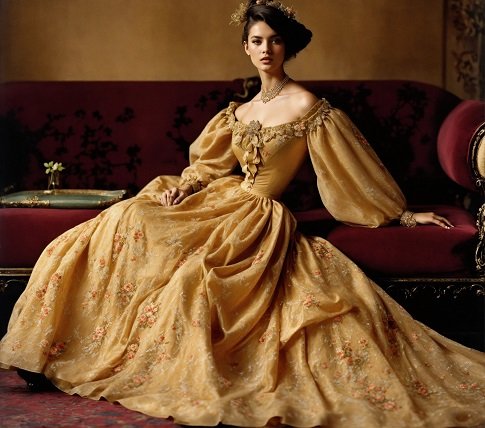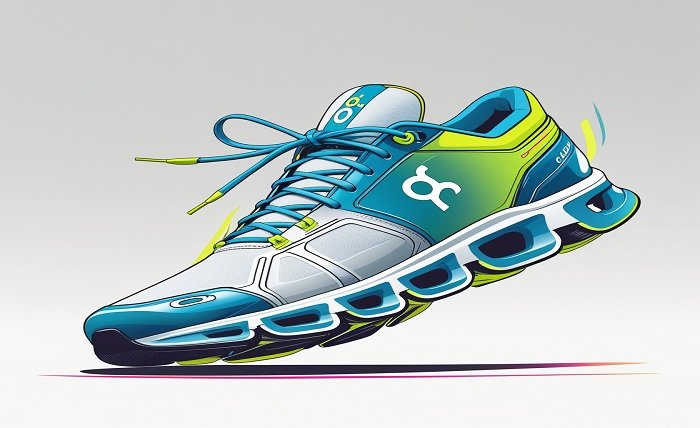Table of Contents
ToggleOverview
Europe saw significant upheaval and change during the 17th century, which was characterized by scientific discoveries, political intrigue, and cultural upheavals. In this context, fashion became a potent means of expressing one’s personality as well as conforming to social standards. Clothes were a medium for creative expression and social difference, from the grand courts of France to the busy streets of London. We explore the rich and enigmatic realm of 17th-century fashion in this investigation, revealing its elaborate designs, luxurious textiles, and lasting impact.
The Impact of Nobility and Royalty 17th Century Fashion
The fashion of the 17th Century Fashion was mostly determined by the nobility, with royal courts establishing the styles that spread across the community. Monarchs like Charles I of England and Louis XIV of France wore opulent clothing that was embellished with elaborate needlework, pricey materials, and ostentatious accessories, serving as a display of power and distinction. Courtiers competed for favor by dressing in ornate clothing meant to dazzle and impress.
Structures and Silhouettes: The Development of Clothing 17th Century Fashion
The 17th-century fashion silhouette changed dramatically, reflecting shifts in cultural influences and social mores. Women’s fashion at the beginning of the century was characterized by voluptuous skirts and stiff corsets, which emphasized a conical figure with a narrow waist and pronounced hips. But as the century went on, the mantua and robe à la française became popular in France, and more fitted looks were adopted in England, causing the silhouette to change towards a more elongated and streamlined shape.
opulent textiles and elaborate embellishments 17th Century Fashion
The luxury of 17th-century fashion was largely determined by fabric, with the upper classes favoring luxurious materials like satin, velvet, and silk. These textiles, which represented wealth and status, were frequently brought from far-off places. Clothes were embellished with lace, pearls, and priceless gemstones, which added a touch of refinement and extravagance. Elaborate needlework and decorative motifs were greatly sought after by skilled artisans due to the careful craftsmanship needed in making these exquisite designs.
Trendy Adornments & Accessories 17th Century Fashion
In 17th-century fashion, accessories played a crucial role in finishing the ensemble by fulfilling utilitarian and decorative functions. Men wore fancy hats, swords, and embroidered gloves, while women accessorized themselves with exquisite fans, glittering hairpins, and elaborate headdresses. Another way to express oneself was through jewelry, such as necklaces, earrings, and brooches, which showcased jewels and precious metals as status symbols for style and riches.
Impact of International Trade and Intercultural Dialogue 17th Century Fashion
Global trade routes expanded and colonial powers emerged in the 17th Century Fashion, which resulted in a rise in cross-cultural trading and the production of unusual items. Fashion was greatly impacted by this inflow of foreign influences, which brought new materials, patterns, and styles from far-off places. Eastern-inspired patterns like chinoiserie and paisley gained popularity, illustrating Europe’s infatuation with the foreign and exotic.
Fashion’s Legacy in the 17th Century
The impact of 17th Century Fashion dress has persisted over time, generating imaginative reinterpretations and influencing modern design. Designers and fashion aficionados alike are enthralled with elements of baroque aesthetics, such as dramatic silhouettes and intricate ornamentation. Echoes of the past resound across present design, from Hollywood red carpets to haute couture runways, reminding us of the timeless appeal of historical beauty.
In summary
In conclusion, the ability of clothes to convey one’s identity and sense of self is still demonstrated by 17th-century fashion. Fashion had a major influence on the conventions and values of society, from the opulence of royal courts to the busy streets of emerging cities. This era’s elaborate designs, luxurious materials, and elaborate embellishments still awe us, providing a window into a world of excess and opulence. Let us not overlook the ageless appeal and enduring influence of 17th-century dress as we travel through time.
FAQ
In the seventeenth century, how could members of the lower classes purchase stylish apparel?
Lower-class people frequently made do with less expensive materials and simpler designs, while the privileged had access to the best fabrics and trained artisans. The lower classes frequently wore handmade, second-hand, and hand-me-down clothing, which gave them some opportunity to imitate contemporary fashion trends.
In the seventeenth century, were there any sumptuary rules or regulations about clothing?
A lot of nations did enact sumptuary rules in the seventeenth century to control what kinds of clothes and accessories people might wear according to their social standing. These regulations were designed to uphold social divisions and curb excessive consumption of upscale items. But enforcement differed.








